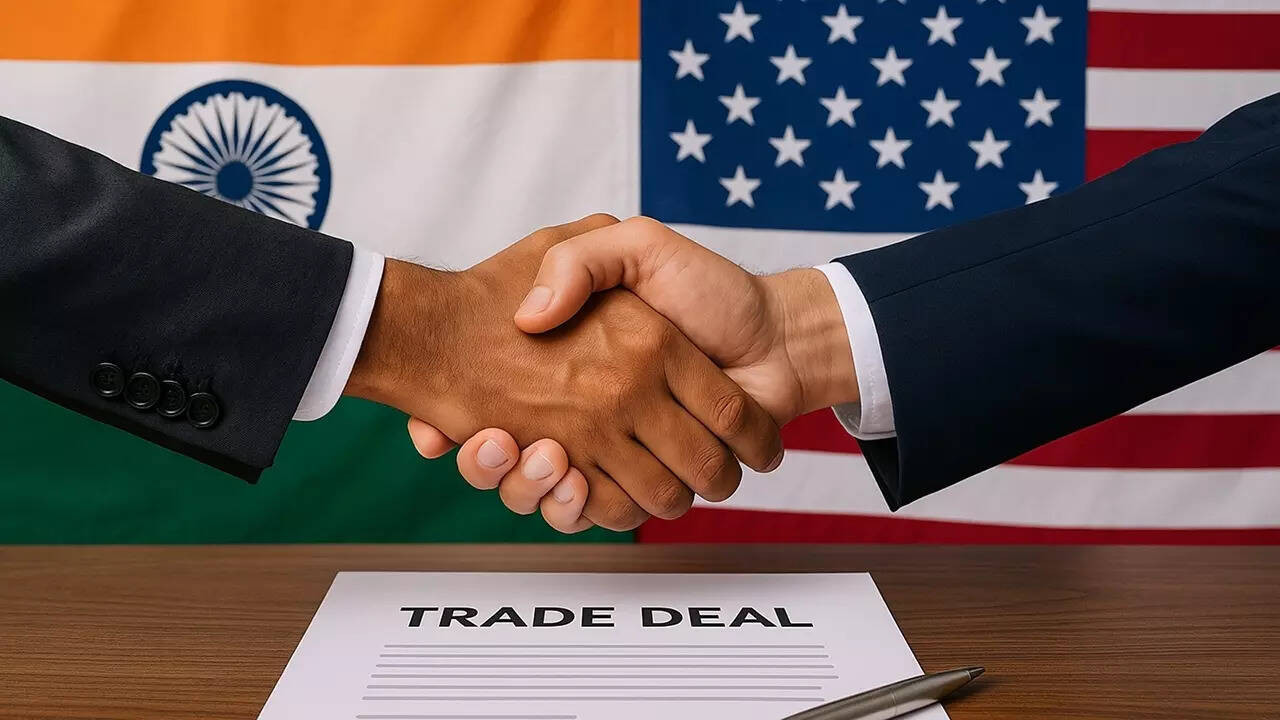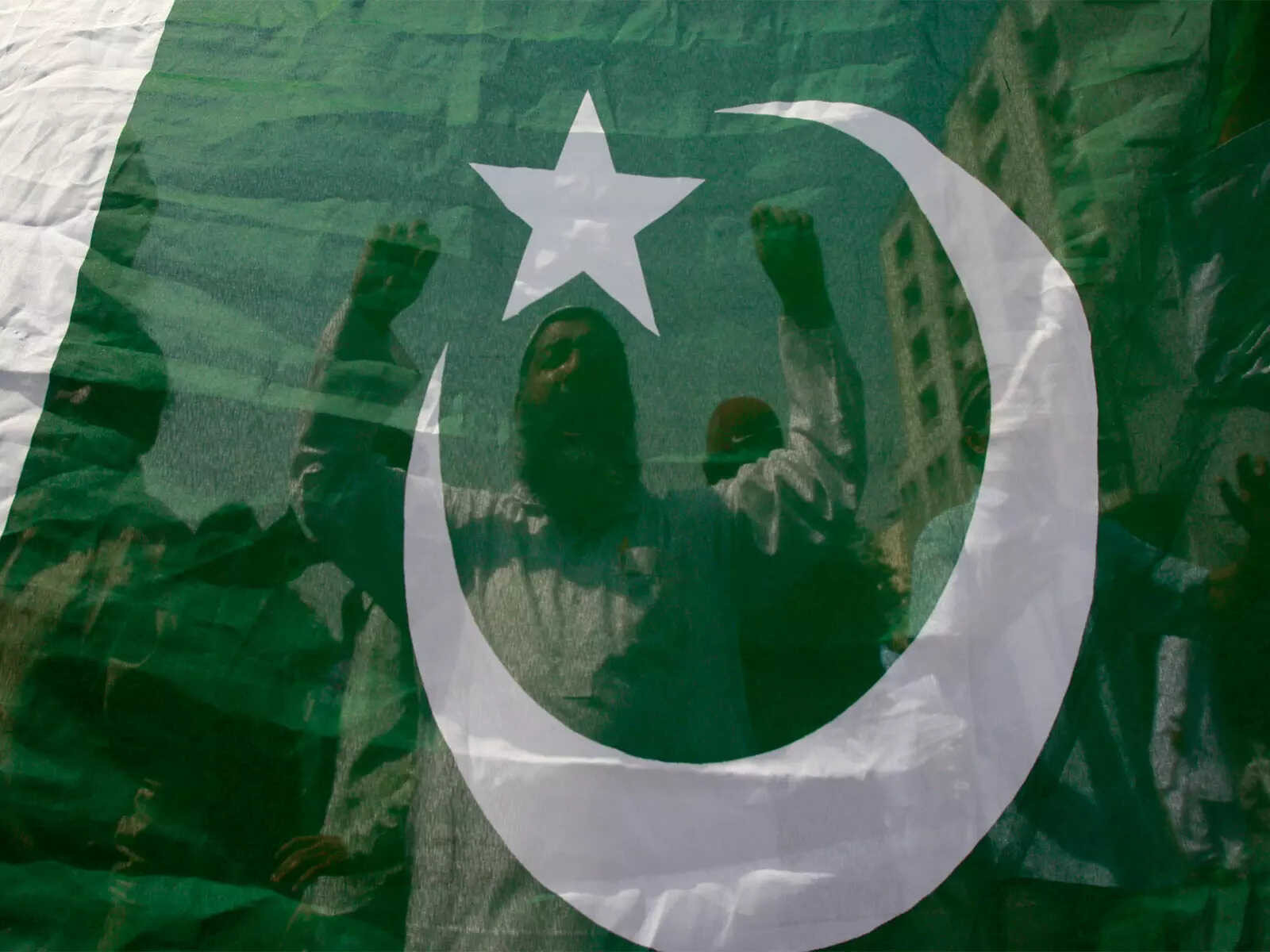With Trump’s tariffs looming, Indian and American officials are in intense discussions to find common ground on customs duties. Despite USTR Jamieson Greer indicating further talks are necessary and a trade deal unlikely soon, officials haven’t dismissed a last-minute breakthrough. The next round of talks is scheduled for August 25.
Will India and the US Seal the Deal? A Trade Tango Continues
The clock is ticking, and the world is watching. Can India and the United States finally hammer out a comprehensive trade agreement? With the shadow of potential deadlines looming, the negotiation tables are buzzing with activity, hinting at both progress and persistent sticking points. While a complete resolution before any self-imposed deadlines remains uncertain, whispers of a last-minute breakthrough are circulating, adding an element of suspense to this high-stakes economic dance.
For years, the prospect of a robust trade deal between these two global giants has tantalized businesses and policymakers alike. The potential benefits are enormous, promising to unlock billions of dollars in economic opportunities, deepen strategic ties, and reshape the landscape of international commerce. But navigating the complexities of diverse economic interests and deeply entrenched trade practices has proven to be a formidable challenge.
So, what’s holding things up? Several key areas continue to be points of contention. Market access for agricultural products remains a major hurdle. The US is eager to expand its access to India’s vast agricultural market, while India is keen to protect its domestic farmers. Similarly, disagreements persist regarding intellectual property rights, particularly in the pharmaceutical sector, where balancing innovation with affordable healthcare is a delicate act. Tariffs on certain goods and services are also on the table, with both sides seeking to secure favorable terms for their respective industries.
Despite these challenges, optimism hasn’t completely faded. Recent rounds of negotiations have reportedly yielded some progress, with both sides demonstrating a willingness to compromise on certain issues. The high-level political commitment to strengthening the India-US relationship is a significant factor driving these efforts. Leaders from both nations recognize the strategic importance of a strong economic partnership, and this political will is crucial for overcoming the remaining obstacles.

Consider the potential game-changers. A successful India US trade deal could boost bilateral trade, leading to job creation and economic growth in both countries. It could also pave the way for greater cooperation in emerging technologies, such as artificial intelligence and renewable energy, fostering innovation and addressing global challenges. Furthermore, a strengthened economic partnership would send a powerful signal of stability and cooperation in an increasingly uncertain global environment.
However, it’s important to acknowledge the potential implications if negotiations falter. Without a comprehensive agreement, businesses may face continued uncertainty, hindering investment decisions and limiting trade opportunities. The absence of a formal framework could also lead to increased trade disputes and protectionist measures, ultimately harming both economies.
What happens next? Continued dialogue and a spirit of compromise are essential. Both sides need to be willing to address each other’s concerns and find mutually beneficial solutions. Creative approaches, such as phased implementation and sector-specific agreements, could help bridge the remaining gaps. Ultimately, a successful outcome will require strong leadership and a willingness to prioritize long-term strategic gains over short-term tactical advantages. See how previous trade agreements have impacted economies.
The stakes are high, and the pressure is on. Whether India and the US can pull off a last-minute breakthrough remains to be seen. But one thing is clear: a comprehensive trade agreement has the potential to transform their economic relationship and shape the future of global commerce. The world will be watching closely as this trade tango continues, hoping for a harmonious and mutually beneficial finale.







